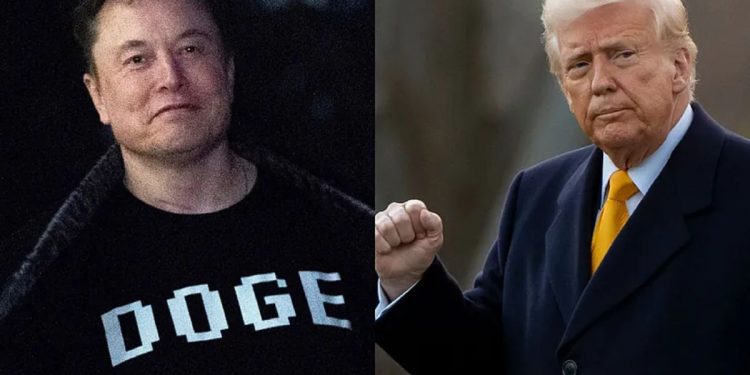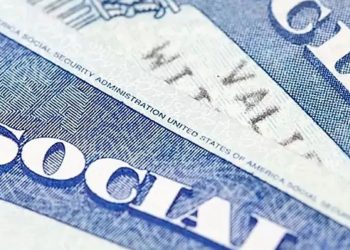In recent months, media outlets across the United States have continued to spotlight the controversial and increasingly improbable idea of a DOGE Dividend — a potential payout meant for all American taxpayers. Despite mounting skepticism, the concept remains alive in public debate, fueled by its main advocate, James Fishback, CEO of Azoria investment firm.
What Is the DOGE Dividend?
The term DOGE Dividend refers to a proposed cash payout sourced from the savings generated by the Department of Government Efficiency (DOGE). This federal body, established under President Donald Trump and led by tech entrepreneur Elon Musk, was designed to streamline the U.S. bureaucracy and reduce government spending.
Initially, projections suggested that DOGE would save the federal government around $2 trillion. However, as of now, the savings stand closer to $155 billion — a far cry from early estimates. Even if a dividend were distributed today, it would amount to roughly $800 to $1,000 per taxpayer, significantly below the ambitious $5,000 figure once floated.
James Fishback’s Ongoing Campaign
James Fishback has remained the public face of the DOGE Dividend idea. In an April interview with Chris Cuomo, Fishback confidently claimed that the payout remains feasible. According to him, the key players backing the initiative include President Trump, DOGE leader Elon Musk, and Kevin Hassett, director of the National Economic Council.
Fishback emphasizes his ongoing efforts to turn the dividend from a dream into reality. “I really do think it will become a reality,” he told Cuomo, adding that he has spent recent weeks meeting with members of Congress on Capitol Hill. Fishback’s optimism, however, stands in contrast to the current legislative reality.
Legislative Hurdles and Missing Steps
Despite the enthusiasm from proponents, no formal proposal has yet been introduced in Congress to authorize or distribute the DOGE Dividend. Without legislative action, there’s no legal or administrative framework to turn the savings into payments for taxpayers.
This creates a significant challenge, as time is running out. DOGE’s mandate only runs until July 4, 2026. Without swift and decisive action, the window for turning these savings into direct cash payouts may close.
Reality Check: What Lies Ahead?
While the idea of an $800–$1,000 dividend sounds appealing to many Americans — especially during times of economic uncertainty — the path to making it happen remains steep. The lack of a concrete legislative plan, combined with lower-than-expected savings, means the vision of a DOGE Dividend faces both political and financial barriers.
Supporters like Fishback remain determined, but as it stands, the dividend remains more of a speculative possibility than an imminent policy. Americans interested in this development will need to watch closely as July 2026 approaches, waiting to see if political momentum can finally catch up with the promises.











